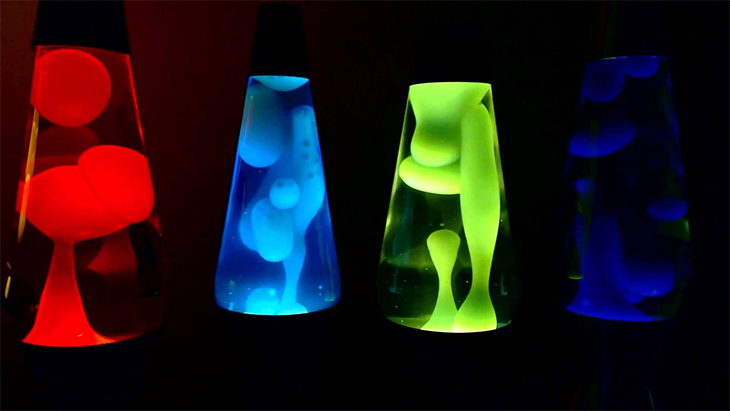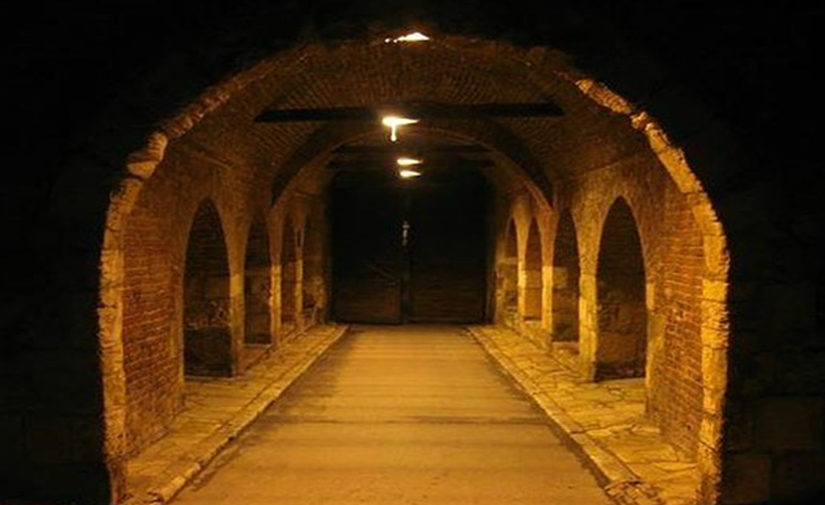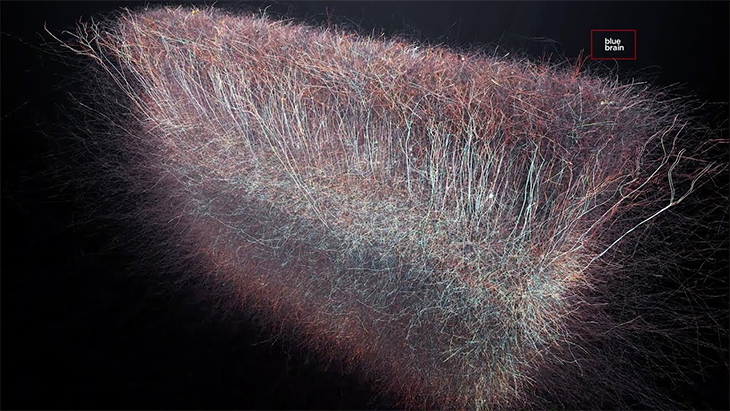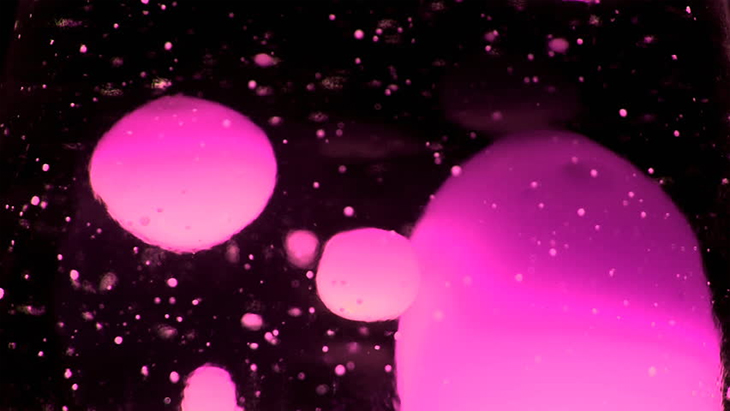
The mysterious but entertaining lava lamp (also known as astro lamp) was invented in 1963 by British entrepreneur Edward Craven Walker. The decorative lamp withstood the test of time, and has been around for over 50 years. Still, many of us don’t have a clear idea of what is inside the lamp and how it works. It was a secret that the manufacturers did not want to reveal…until now.
Over the years, consumers have tried guessing exactly how the lamp works. It is obvious that there are at least two substances in the lamp, that do not mix. Well, here is the mystery revealed.
The vice-president of product development of the lava lamp company, Schylling, shared this info in an interview. Brian Katzel explains that the watery base liquid is mostly a mixture of water, colored dye, and chemicals that inhibit the formation of fungus. The other ingredient, which forms the amazing bubbles, is primarily made of wax. The psychedelic slow-changing shapes floating inside the lamp is what gives it its unique attraction. The wax is paraffin wax, a petroleum based wax typically found in candles and cosmetic products. Because wax and water have different densities, they don’t mix with each other. But just like an oil-based salad dressing left alone for a while, liquids with different densities end up settling in defined layers. So what makes the lava lamp unique?
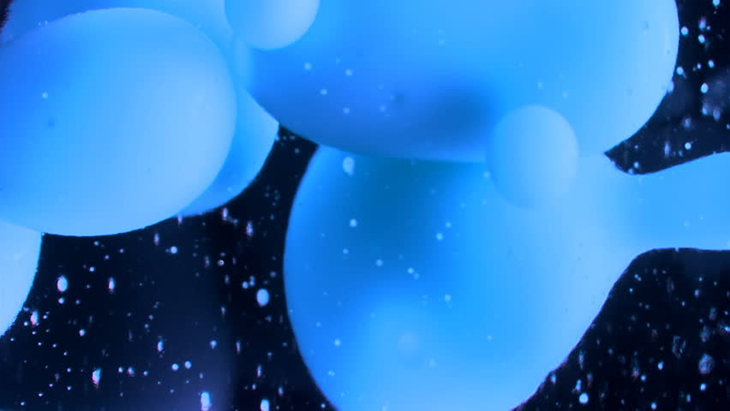
Katzel explains that this is where the “lava magic” comes in. Usually, since wax is less dense than water, it would simply sit on top of it…but in lava lamps, the water-based liquid is mixed with a secret combination of chemicals that give it a similar density to wax. When the lamp is turned off, the wax which is more dense than water, will rest on the bottom. When the lamp is turned on, the light bulb at the base will heat the wax which will cause the wax to expand and rise, slowly, and not equally. Once at the top, it cools down, contracts, and will descend. This process will repeat itself until the lamp is turned off again.
While the chemicals used are a trade secret by the manufacturers, it goes without saying that many have tried to DIY lava lamps at home. Some have mixed the wax with dry-cleaning fluid, brake cleaner, or mixing water with pure salt and antifreeze. Whatever combinations they use, one thing is for sure: the lava lamp is here to stay. Have a psychedelic day!

